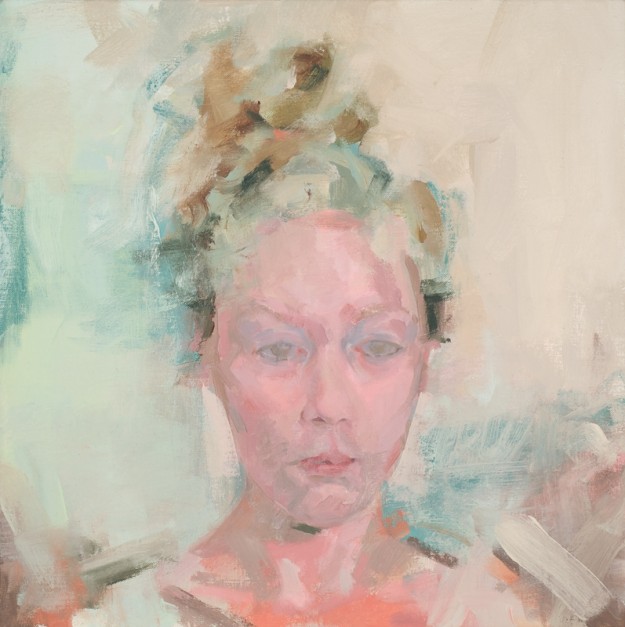
31 Mar A Closer Look: Perplexing the Figure in Santa Ana
Based in the abstraction of the human form, “Figurative Perplexities” at the Q Art Salon in Santa Ana takes a different look at the classic fine art subject, through the lens of six very different artists. Jason Shawn Alexander, Shay Bredimus, Alex Krigbaum, Cecilia Paredes and Orion Fischer join Dan Catalano in the exhibit, tranforming the space of the Q into a kind of cathedral, in worship of the human form. Each room is precisely arranged and glows like smaller altars to the figurative gods. Each artist has a unique approach and visual opinion on the subject of the human form, each garnering a certain attention and provoking an intriguing dialogue about humanity between them. The strange fascination with the human form is not a novel concept in art, but the way in which artist Dan Catalano finds the vulnerability, the strength, the personality and the humanity in his subjects, while also deconstructing what makes them human, is a fine balance, and an evocative and unique talent. We had the opportunity to pick the brain of the artist whose work dominates this exhibit, Mr. Catalano, and find out where that obsession comes from.
Can you tell us some basics about yourself?
I’m 35, born and raised in San Diego, and currently live and work in Orange County. I am a full time artist and part time instructor and MFA mentor at Laguna College of Art and Design.
When working on a series of paintings I am in the studio Monday thru Friday, 6 to 8 hours a day, usually uninterrupted.
What, or who, got you interested in art?
A childhood friend initially got me interested in art, but it wasn’t until my junior/senior year of high school that I became obsessed. I credit my art teacher as he instilled a passion for making images, and helped steer me towards a school that would fit my needs.
Were you artistic as a child? Are there any family members that are artistic?
As a kid I dabbled. I was originally planning to study architecture so I was drawing schematics and elevations. However, when I discovered that drafting was not done by hand anymore I lost most of my interest. The thought of sitting in front of a computer all day seemed like the most direct path to suicide.
My family is littered with artistry. Painting, writing, graphic design, fashion design, printmaking, and sculpture.
How was your experience in art school? Positive, negative, hard, or just enjoyable? Tell us about your artistic journey.
I have a love hate relationship with art school. On one hand it is an invaluable environment for quickly establishing technical proficiency and fundamental skills, provided it is one of the few that even teach fundamentals. On the other hand, art school creates a bubble effect, especially at private art colleges where there is no diversity in major or thought. This leads to the proliferation of the myth of the artist and ridiculously asinine thoughts on purpose, process, and ideation resulting in very bad “art.”
Ideally someone would learn representational fundamentals from a working artist and literature as early as possible, get a degree at a university in something else that intrigues them, then combine them somehow. That “somehow” is where great art happens.
Tell me about your art. How would you describe it?
My work is a Nihilistic exploration of the nude figure as form and color assembled into non-narrative compositions.
How did you come to the current style you are in; how did that evolve?
I started off as a traditional painter trained in 17th century Dutch techniques, but as I’ve grown older and refined my philosophy my work has progressively become more abstract. I imagine it will continue in this fashion.
What inspires you?
I am most inspired by the sciences, particularly neuroscience, physics, and chemistry. I am fascinated by the mechanisms that shape how we experience our environment and the inconceivable phenomena that governs our infinitesimal existence.
What’s the typical setting in which you create a piece?
My studio is clean, organized and stocked, and I work regular daytime business hours. There is always music or podcasts playing and occasionally varying amounts of alcohol. As for the music I try to match the pace of the work so there is a bit of everything, but I’d say hip hop comes up the most.
Where do you get ideas for your artwork? References? Models?
My ideation process is hard to pinpoint, and seems random at times. I spend a lot of time thinking about how I experience my environment scientifically and existentially to inform both the starting point and construction of an image.
If we walked into your home or studio, whose art would we find on your walls?
A couple of mine as well as some friends from school
What are your favorite mediums and why? Is there a medium you enjoy over the other?
My favorite medium is definitely oil paint, it is pretty much all I use. It’s versatility and workability make it a superior material.
What are some of your favorite art tools and why?
A brush and knife is all that is needed.
Discuss the process you go through to create a piece.
I have a general idea of what it will look like in my head. I start painting immediately, no preparatory work. I lay everything in as quickly as possible and assess any compositional changes that must be made. Multiple layers and edits make up the final image.
Can you tell us a little bit about your work in “Figurative Perplexities?” Is there something special about this body of work? Did you have a larger theme going on in all this work?
Do you have other projects or exhibitions you’re currently working on?
I’m currently working on several series that are based on questions that arose from my last batch of paintings. This is a bit vague because I am just beginning the process and where it will lead is unclear.
Do you have any words of advice for an upcoming artist?
Be careful not to be seduced by the artist myth and platitudes of dogmatic political imagery.
Other images from the exhibition, “Figurative Perplexities:”
- Dan Catalano
- Cecilia Paredes
- Shay Bredimus
- Jason Shawn Alexander
- Orion Fisher
- Cecilia Paredes
- Alex Krigbaum
- Shay Bredimus
www.facebook.com/events/1426290871016775/
www.catalanofineart.com
www.qartsalon.com



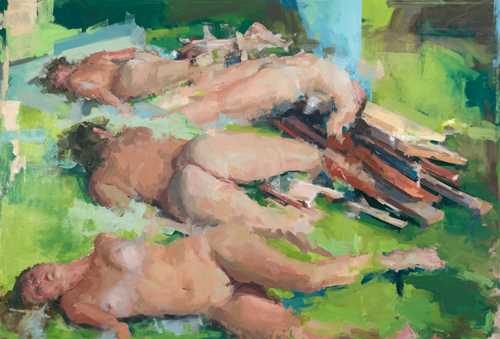
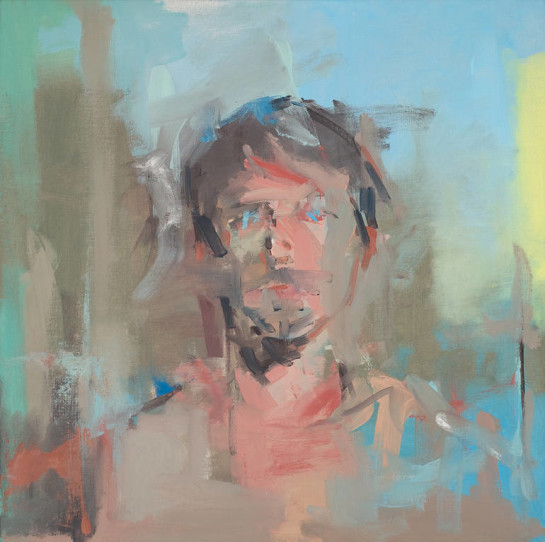

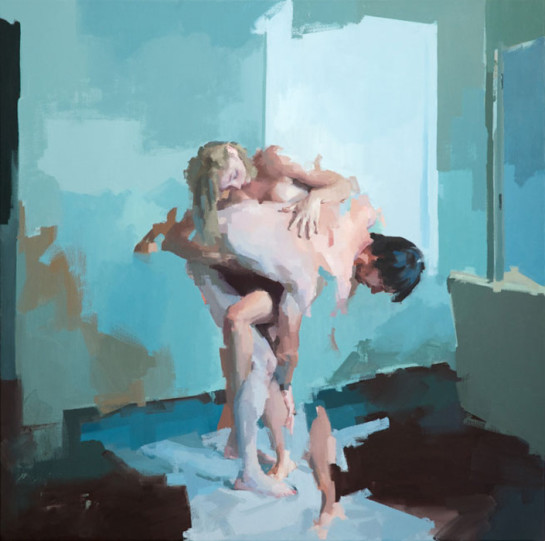
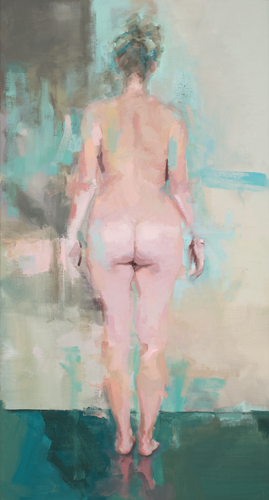
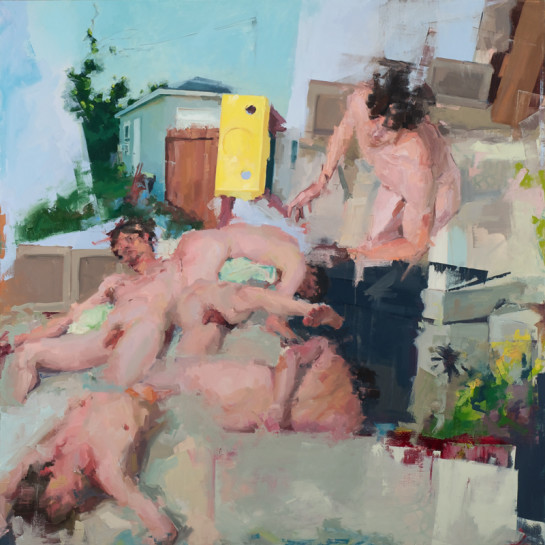
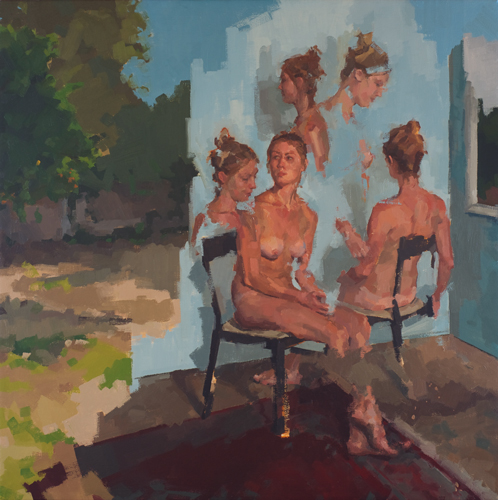
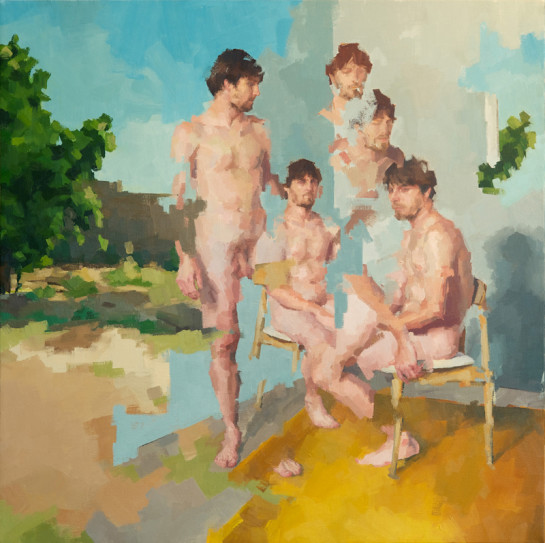
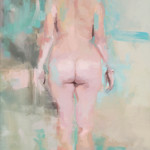
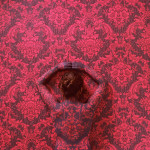
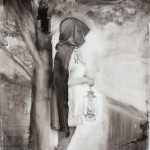
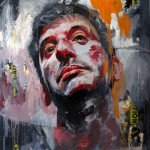
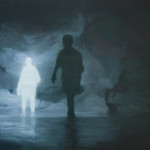
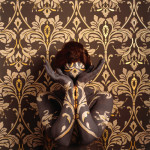
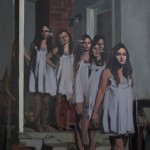
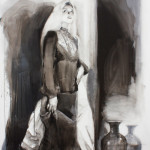

Sorry, the comment form is closed at this time.